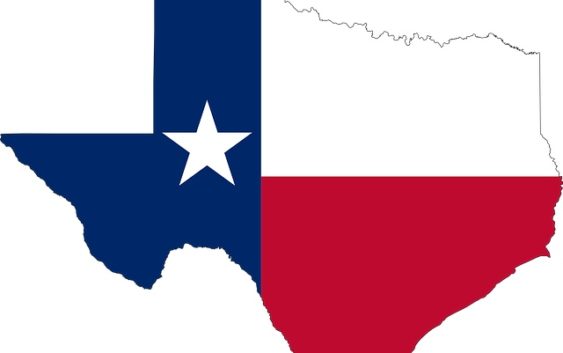- Dozens rescued as remnants of typhoon hits Alaska while nor’easter brings flooding to East Coast
- New Jersey declares emergency as nor’easter approaches, while Alaska flooding carries away homes
- Road closures reported due to flooding in Myrtle Beach
- Town of Wrightsville Beach preparing for coastal flooding this weekend
- Man charged with sparking the most destructive wildfire in Los Angeles history
As Hurricane Evacuees In Texas Return Home, Experts Worry About Spread Of Coronavirus

After evacuating to cities like San Antonio, Dallas and Austin, coastal Texas residents are making their way back home in the aftermath of Hurricane Laura. Now there are worries that both evacuations and storm damage could potentially increase COVID-19 numbers in the state.
As of Friday, Houston had seen three straight days of fewer than 100 new COVID-19 hospitalizations, for the first time in two months. Daily new cases are on a rough downward trend. While the city isn’t yet in the clear — the Texas Medical Center tracks three metrics to determine if the virus is under control, and not one of those benchmarks has been met — health officials say the spread of the virus in the region is slowing down.
But ahead of the storm, counties in the Greater Houston area closed COVID-19 testing sites. And those interruptions could last longer depending on any storm damage, which would then slow down efforts to control the virus, according to Dr. Stacey Rose, an assistant professor of infectious diseases at Baylor College of Medicine.
Despite precautions by officials to enforce social distancing among evacuees — housing people in hotel rooms instead of large arenas, and filling buses at half capacity — moving large groups of people during evacuation could lead to a spread.
“We have seen a spike in coronavirus cases after large gatherings,” Rose said. “I think, unfortunately, sometimes that’s part of those evacuation plans: people have to be in close contact.”